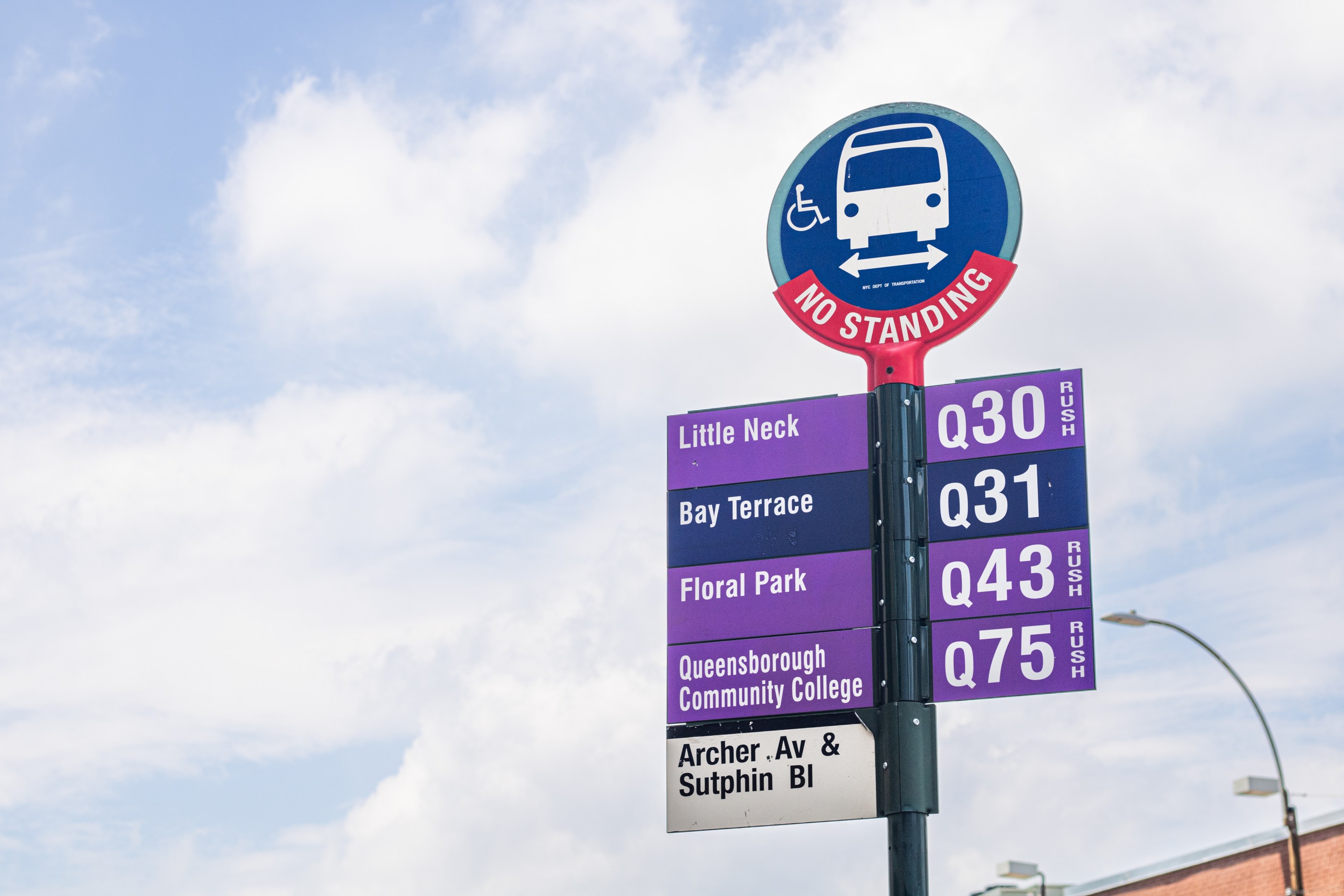When a Long Island judge last month acquitted a drunk driver of manslaughter on the grounds that the pedestrian he struck was also intoxicated, the decision sparked shock and outrage. But the case of Robert Core was only the latest in which an area motorist all but escaped punishment for killing while under the influence.

Police said Core drove 150 feet with Eddie Cotto on the hood of the car after striking him on the Hempstead Turnpike on July 14, 2011. Core, a public security officer for the town of Hempstead, was on the job and driving a marked vehicle. Authorities said Core had a blood alcohol content of .17, more than double the legal limit for driving. He was charged with second degree manslaughter and DWI, and faced up to 15 years in prison.
"It’s clear to the court that this is a tragedy that should not have happened," said Judge Jerald Carter, who decided Core's case on July 30, as quoted by the Post. "There was no doubt that Mr. Core was operating that motor vehicle while intoxicated."
However, noting that Cotto had a blood alcohol reading of .26 percent, and that he attempted to cross against the light, Carter dismissed the manslaughter charge. He convicted Core of DWI and aggravated DWI, giving him a maximum sentence of one year. "Cotto did not obey the traffic laws of the state of New York,” said Carter.
In a story headlined "DWI-Slay Vic Blamed," Cotto’s anguished fiancée, Diane Ware, told the Post: "You kill a man, you should definitely have to do some time. I think it’s disgusting. It’s absolutely wrong."
"Clearly we disagree with the judge's verdict," says Maureen McCormick, chief vehicular crimes prosecutor for Nassau County. "There is a rebuttable presumption that the intoxication caused the defendant to operate the car in a manner that caused Mr. Cotto's death. It would seem from the verdict and statements made by the judge that the judge believed that Mr. Cotto crossing the street while intoxicated and against the light rebutted that presumption."
In New York State, to sustain a charge of vehicular homicide, prosecutors must be able to prove that impairment caused a motorist to operate a vehicle in a manner that caused death. Though Core was determined to have been legally drunk, and evidence presented at trial indicated that he was speeding and did not brake before or after striking Cotto, Carter remarked in his verdict that Core "looked" unaffected by alcohol in surveillance videos taken prior to the crash.
The Core case is reminiscent of recent New York City fatalities that resulted in little jail time for motorists, or outright dismissal of manslaughter charges, despite unchallenged evidence of intoxication. George Anderson was barreling through Tribeca at 60 mph when he struck Florence Cioffi in 2008. He fled the scene and later refused a Breathalyzer test. Charged with vehicular manslaughter, criminally negligent homicide and leaving the scene, Anderson was able to plead to DWI and leaving the scene only, and was sentenced to 16 days in jail and 250 hours of community service. According to reports, the attorney for Cioffi's family suspected that prosecutors backed down because Cioffi was intoxicated when Anderson ran her down.
When off-duty NYPD officer Andrew Kelly was accused of vehicular manslaughter and DWI in the 2009 killing of Brooklyn pedestrian Vionique Valnord, Kelly's lawyer -- abetted by the Post and the Daily News -- put the victim on trial. "There was alcohol in her system and witnesses ... said she was clearly, visibly intoxicated," said attorney Arthur Aidala, who declared, "it was Valnord who was to blame for the accident." Though Kelly, who faced up to seven years behind bars, admitted he was drunk and pleaded guilty to second degree vehicular manslaughter, he was sentenced to just 90 days in jail, five years probation and a one-year license suspension.
The victim does not have to be inebriated, or even of age, for a drunken killer motorist to get off easy. Prosecutors in Queens said Kent Lowrie was legally intoxicated when he hit and killed 6-year-old Zhaneya Butcher last summer as the little girl ran toward an ice cream truck in Jamaica. Lowrie pleaded guilty to manslaughter and received five years probation, a $1,000 fine, and a six-month license revocation. According to reports, prosecutors feared Lowrie was not drunk enough to secure a manslaughter conviction in court.
While lower court decisions, such as the Core verdict, are not generally considered precedent-setting, McCormick says she has seen similar outcomes before.
"I think it falls into the category of the difficulties faced in vehicular crimes' prosecutions," McCormick says. "Judges and juries frequently 'compare' the blameworthiness of the defendant to the victim."





